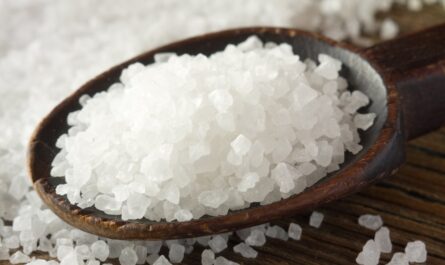Market Overview:
Biopesticides are certain types of pesticides derived from such natural materials as animals, plants, bacteria, and certain minerals. These pesticides are inherently less toxic than conventional pesticides and target specific pests, minimizing harm to beneficial/nontarget insects. Biopesticides control agricultural pests such as weeds, insects, and other arthropods and pathogens. They are used in large numbers in the agricultural sector as an alternative to chemical-based pesticides, due to factors such as environmental friendliness and sustainable way of production.
Market Key Trends:
The increasing demand for organic food has significantly contributed to the growth of the biopesticides market. Consumers are increasingly preferring organic products to conventional products owing to the presence of chemicals in conventional agriculture. According to the Organic Trade Association’s 2019 Organic Industry Survey, U.S. sales of organic food and non-food products reached over US$ 50 billion in 2018, growing 5.9% over the previous year. Biopesticides are widely used in organic farming as they are naturally derived and cause less harm to the environment as compared to chemical pesticides. Regulation in various countries promoting sustainable agricultural practices through decreased use of chemical pesticides is also driving the demand for biopesticides. For instance, in 2017 European Union put ban on three neonicotinoid pesticides due to their harmful effects on bees.
Porter’s Analysis
– Threat of new entrants: The threat of new entrants is moderate in the biopesticides market due to requirements for approval process and large capital requirements. However, supportive government regulations are encouraging new players.
– Bargaining power of buyers: The bargaining power of buyers is high since biopesticides are available from multiple manufactures with comparable products. Buyers can negotiate on price and switch between products.
– Bargaining power of suppliers: The bargaining power of suppliers is moderate since raw material suppliers hold less bargaining power compared to buyers. However, suppliers of active ingredients play a major role in determining prices.
– Threat of new substitutes: The threat of substitutes is moderate as traditional chemical pesticides are substitutes. However, the demand for biopesticides is increasing owing to rising environmental concerns.
– Competitive rivalry: Competitive rivalry is high among existing players due to their large product portfolio and global presence.
Key Takeaways
– The Global Biopesticides Market Demand is expected to witness high growth, exhibiting CAGR of 13.% over the forecast period, due to increasing demand for organic food and beverages. Organic food sales have grown from $20 billion in 2000 to over $50 billion in 2020 in the U.S. alone.
– North America dominated the global market in 2023 and occupied over 30% of the overall market share. Favorable government regulations and increasing consumer awareness regarding the environmental impact of chemical pesticides are fueling the growth of biopesticides in North America.
– Asia Pacific is projected to be the fastest growing region during the forecast period due to the expanding agriculture sector, growth in export of fruits & vegetables, and increasing food demand in countries like India and China.
– Key players operating in the biopesticides market are DuPont (U.S.), Bayer Crop Science AG (Germany), Monsanto Company (U.S.), BASF SE (Germany), Novozymes Biologicals (Denmark), Syngenta (Switzerland), Certis USA LLC (U.S.). These players are focusing on new product launches and expansion strategies to strengthen their market position.
Note:
- Source: Coherent Market Insights, Public sources, Desk research
- We have leveraged AI tools to mine information and compile it




